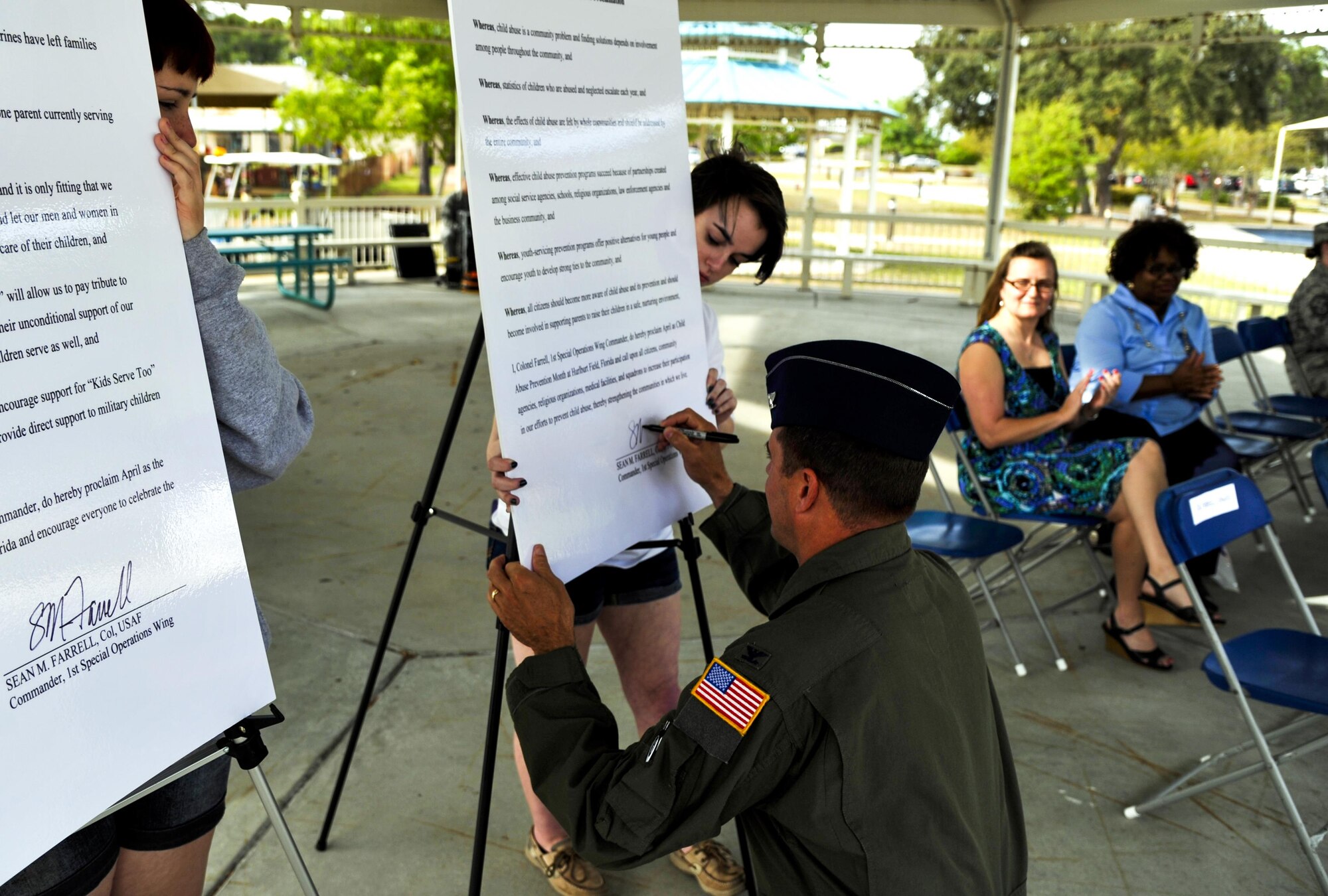Relaxation Therapy
페이지 정보

본문
Relaxation Therapy
What is the purpose of relaxation?
The level of rest, especially in the context of Relaxation Therapy, is to attain a state of mental and bodily calmness and peace. This course of includes lowering stress and nervousness, thereby enhancing general well-being.
Relaxation Therapy focuses on teaching people techniques such as deep respiration, progressive muscle relaxation, and visualization. These methods help to activate the physique's pure relaxation response, counteracting the effects of stress.
Moreover, rest can improve sleep quality, boost immune function, and increase emotional resilience. By fostering a tranquil state, individuals can gain a better perspective on their challenges, making it easier to cope with every day life.
Ultimately, the purpose of leisure is not just to feel higher within the second, but to domesticate long-term health and well-being via regular follow.
What is the aim of the comfort response?
The aim of the comfort response in Relaxation Therapy is to advertise a state of bodily and emotional ease. This response encourages individuals to release tension and stress, leading to enhanced well-being and tranquility.
Key Objectives of the Comfort Response
Through guided methods, corresponding to deep respiration, visualization, and 오피 - click the next internet page - progressive muscle rest, the consolation response focuses on:

- Reducing anxiety: Alleviating emotions of stress and promoting a calm psychological state.
- Enhancing physical rest: Encouraging the physique to enter a state of restful alertness.
- Improving psychological readability: Allowing for clearer pondering and higher decision-making.
- Fostering emotional resilience: Helping individuals manage their emotional responses to challenges.
Overall, the consolation response serves as a basis for reaching rest and restoring stability in each thoughts and body.
Is relaxation a CBT technique?
Relaxation just isn't a standalone technique within Cognitive Behavioral Therapy (CBT), but it could complement CBT methods. Here’s how leisure techniques fit into the CBT framework:
Incorporating Relaxation in CBT
- Stress Reduction: Relaxation methods help scale back stress and anxiousness, making it simpler for individuals to engage with CBT practices.
- Enhancing Focus: A relaxed state can enhance focus and focus throughout remedy periods.
- Emotional Regulation: Learning to loosen up can aid in managing feelings, which is a important side of CBT.
Common Relaxation Techniques Used
- Deep Breathing Exercises
- Progressive Muscle Relaxation
- Mindfulness Meditation
- Visualization Techniques
In abstract, while leisure just isn't a core strategy of CBT, it performs a supportive role in enhancing the effectiveness of cognitive-behavioral practices.
- 이전글How Start Off Building Your Massage Practice From Scratch, On A Budget 25.01.16
- 다음글Understanding High RTP Slot Machines: Maximizing Your Gaming Experience 25.01.16
댓글목록
등록된 댓글이 없습니다.
